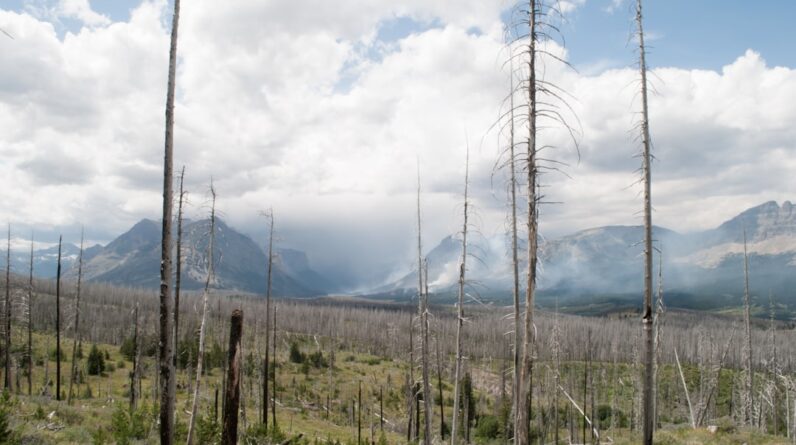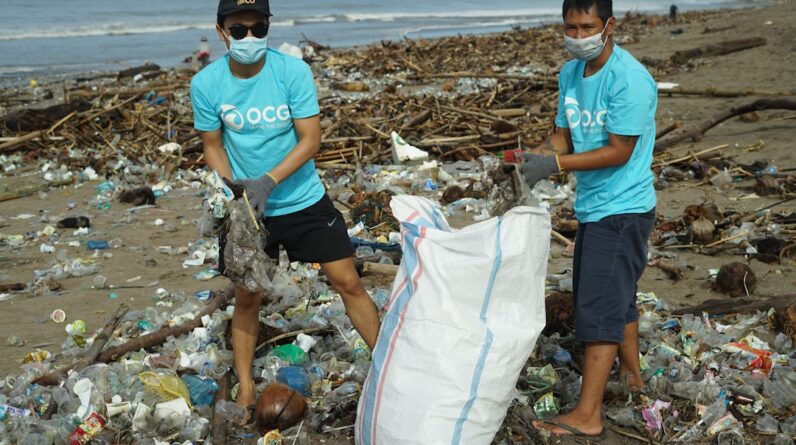
As you delve into the concept of the green economy, it becomes clear that it represents a transformative shift in how we perceive economic growth and environmental sustainability. The green economy is not merely a trend; it is a comprehensive approach that seeks to harmonize economic activities with ecological health. This paradigm emphasizes the importance of reducing carbon emissions, conserving natural resources, and promoting social equity.
By prioritizing sustainability, you can contribute to a system that values the planet’s health as much as it does financial gain. In this evolving landscape, you will find that the green economy encompasses various sectors, including renewable energy, sustainable agriculture, and eco-friendly manufacturing. Each of these sectors plays a crucial role in mitigating climate change and fostering a more sustainable future.
As you explore this economy, consider how your choices—whether as a consumer, business owner, or policymaker—can influence the trajectory of this movement. By understanding the principles of the green economy, you can become an active participant in creating a more sustainable world.
Key Takeaways
- The green economy focuses on sustainable practices and renewable energy to promote economic growth while minimizing environmental impact.
- Crisis situations present opportunities for innovation and growth in green industries, such as renewable energy and sustainable infrastructure.
- Transitioning to sustainable practices involves rethinking traditional business models and embracing eco-friendly technologies and processes.
- Investing in renewable energy is not only beneficial for the environment but also presents economic opportunities for businesses and investors.
- Creating green jobs and promoting economic growth through sustainable practices can lead to a more resilient and equitable society.
Identifying Opportunities in Crisis
Crisis often breeds innovation, and in times of environmental and economic upheaval, opportunities for growth and transformation emerge. As you navigate through challenges such as climate change, resource depletion, and economic instability, it is essential to recognize that these crises can serve as catalysts for change. By identifying opportunities within these challenges, you can position yourself to contribute to solutions that not only address immediate concerns but also pave the way for long-term sustainability.
For instance, during economic downturns, there is often a heightened awareness of the need for sustainable practices. This awareness can lead to increased demand for green products and services. As you observe shifts in consumer behavior, consider how you can leverage these trends to create or support businesses that prioritize sustainability.
Whether it’s developing eco-friendly products or advocating for policies that promote green initiatives, your proactive approach can help turn crises into opportunities for positive change.
Transitioning to Sustainable Practices

Transitioning to sustainable practices is not just a choice; it is an imperative for individuals and organizations alike. As you embark on this journey, it is crucial to assess your current practices and identify areas where improvements can be made. This may involve reevaluating your consumption habits, reducing waste, or adopting more energy-efficient technologies.
By making conscious decisions to embrace sustainability, you can significantly reduce your ecological footprint and inspire others to do the same. Moreover, transitioning to sustainable practices often requires collaboration and community engagement. You may find that working with like-minded individuals or organizations amplifies your impact.
By sharing resources, knowledge, and best practices, you can create a network of support that fosters innovation and accountability. As you engage with your community, consider how collective action can lead to more significant changes in policies and practices that promote sustainability on a larger scale.
Investing in Renewable Energy
Investing in renewable energy is one of the most impactful ways you can contribute to a sustainable future. As fossil fuels continue to deplete and their environmental consequences become increasingly evident, renewable energy sources such as solar, wind, and hydroelectric power are gaining traction. By supporting these technologies, you not only help reduce greenhouse gas emissions but also stimulate economic growth through job creation in emerging industries.
When considering investments in renewable energy, it is essential to stay informed about technological advancements and market trends. You may choose to invest directly in renewable energy projects or support companies that prioritize sustainable practices. Additionally, advocating for policies that incentivize renewable energy development can amplify your impact.
By championing clean energy initiatives within your community or workplace, you can help shift the narrative toward a more sustainable energy future.
Creating Green Jobs and Economic Growth
The transition to a green economy presents a unique opportunity for job creation and economic growth. As industries evolve to embrace sustainable practices, new job opportunities arise in sectors such as renewable energy, sustainable agriculture, and environmental conservation. By investing in education and training programs focused on green skills, you can empower individuals to thrive in this new economy while addressing unemployment and underemployment issues.
Moreover, creating green jobs goes beyond mere employment; it fosters a sense of purpose and community engagement. When individuals are employed in roles that contribute positively to the environment, they often feel more connected to their work and motivated to make a difference. As you advocate for policies that support green job creation, consider how these initiatives can lead to healthier communities and a more resilient economy.
Implementing Sustainable Infrastructure

Sustainable infrastructure is the backbone of a green economy, providing the necessary framework for communities to thrive while minimizing environmental impact. As you consider the importance of infrastructure in your area, think about how investments in public transportation, energy-efficient buildings, and waste management systems can enhance quality of life while promoting sustainability. By prioritizing sustainable infrastructure projects, you can help create resilient communities that are better equipped to face future challenges.
In addition to improving environmental outcomes, sustainable infrastructure also has significant economic benefits. By investing in green technologies and materials, you can stimulate local economies and create jobs in construction and maintenance. Furthermore, sustainable infrastructure projects often lead to long-term cost savings through reduced energy consumption and improved efficiency.
As you engage with local policymakers or community organizations, advocate for initiatives that prioritize sustainable infrastructure development as a means of fostering economic growth and environmental stewardship.
Promoting Environmental Justice and Equity
Environmental justice is an essential component of the green economy that seeks to address the disproportionate impact of environmental issues on marginalized communities. As you explore this topic, consider how systemic inequalities often result in certain populations bearing the brunt of pollution, climate change effects, and resource depletion. By promoting environmental justice and equity, you can help ensure that all individuals have access to clean air, water, and healthy living conditions.
To promote environmental justice effectively, it is crucial to engage with affected communities and listen to their needs and concerns. You may find that grassroots organizations are already working tirelessly to advocate for change. By supporting their efforts—whether through volunteering, donating resources, or amplifying their voices—you can contribute to a more equitable approach to environmental issues.
Additionally, advocating for policies that prioritize equity in environmental decision-making can help create systemic change that benefits all members of society.
Building Resilience for Future Crises
As you reflect on the lessons learned from past crises—be they environmental disasters or economic downturns—it becomes evident that building resilience is key to navigating future challenges. Resilience involves not only preparing for potential crises but also fostering adaptability within communities and economies. By investing in education, infrastructure, and sustainable practices today, you can help create a foundation that allows individuals and communities to thrive even in the face of adversity.
Building resilience also requires collaboration across sectors and disciplines. You may find that partnerships between government agencies, businesses, and non-profit organizations yield innovative solutions to complex problems. By fostering a culture of collaboration and shared responsibility, you can help ensure that communities are better equipped to respond to future crises while maintaining a commitment to sustainability.
Ultimately, your efforts toward building resilience will contribute to a more secure and sustainable future for generations to come.
In the article “Advantages of Planting Trees for Climate Change,” the benefits of reforestation and afforestation are explored in depth. This article delves into how planting trees can help combat climate change by sequestering carbon dioxide and reducing greenhouse gas emissions. It also highlights the positive impact that trees have on air quality, biodiversity, and overall environmental health. To learn more about the crucial role that trees play in building a green economy, check out this insightful article.
FAQs
What is a green economy?
A green economy is one that aims to reduce environmental risks and ecological scarcities, and that aims for sustainable development without degrading the environment.
How can a green economy help in times of crisis?
A green economy can help in times of crisis by creating new job opportunities, promoting sustainable practices, and reducing the reliance on fossil fuels and other non-renewable resources.
What are some examples of green economy initiatives?
Examples of green economy initiatives include renewable energy projects, sustainable agriculture practices, eco-friendly transportation systems, and waste management programs.
What are the benefits of transitioning to a green economy?
The benefits of transitioning to a green economy include reduced environmental impact, improved public health, job creation, and long-term economic stability.
What are some challenges in building a green economy?
Challenges in building a green economy include initial investment costs, resistance from industries reliant on non-renewable resources, and the need for policy and regulatory changes.





